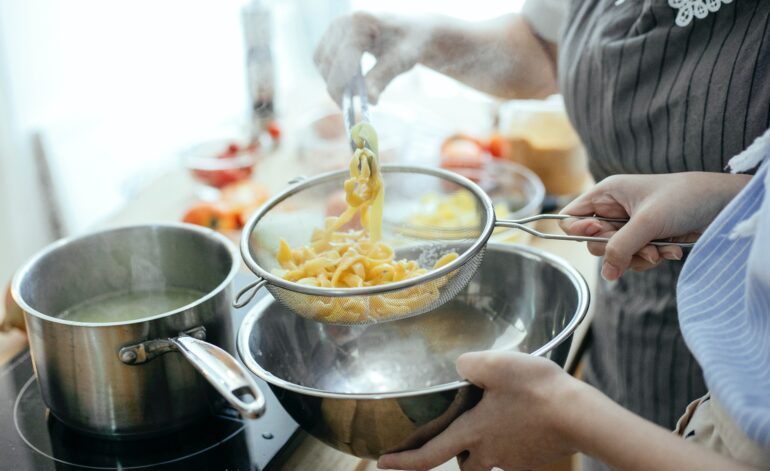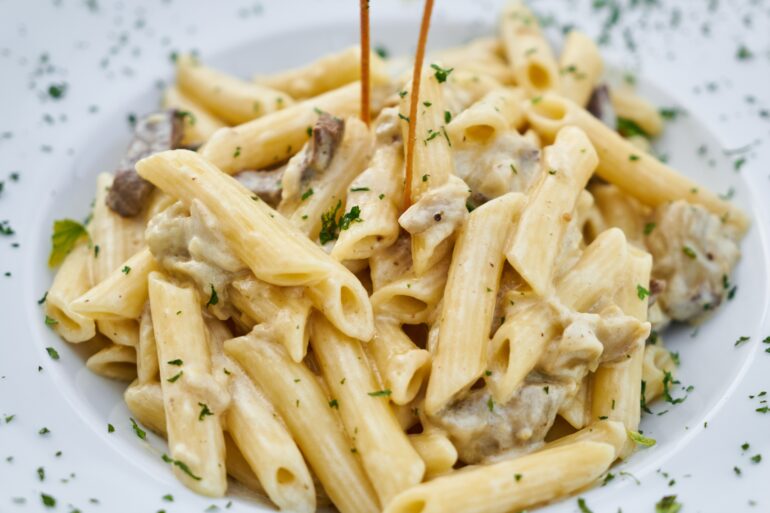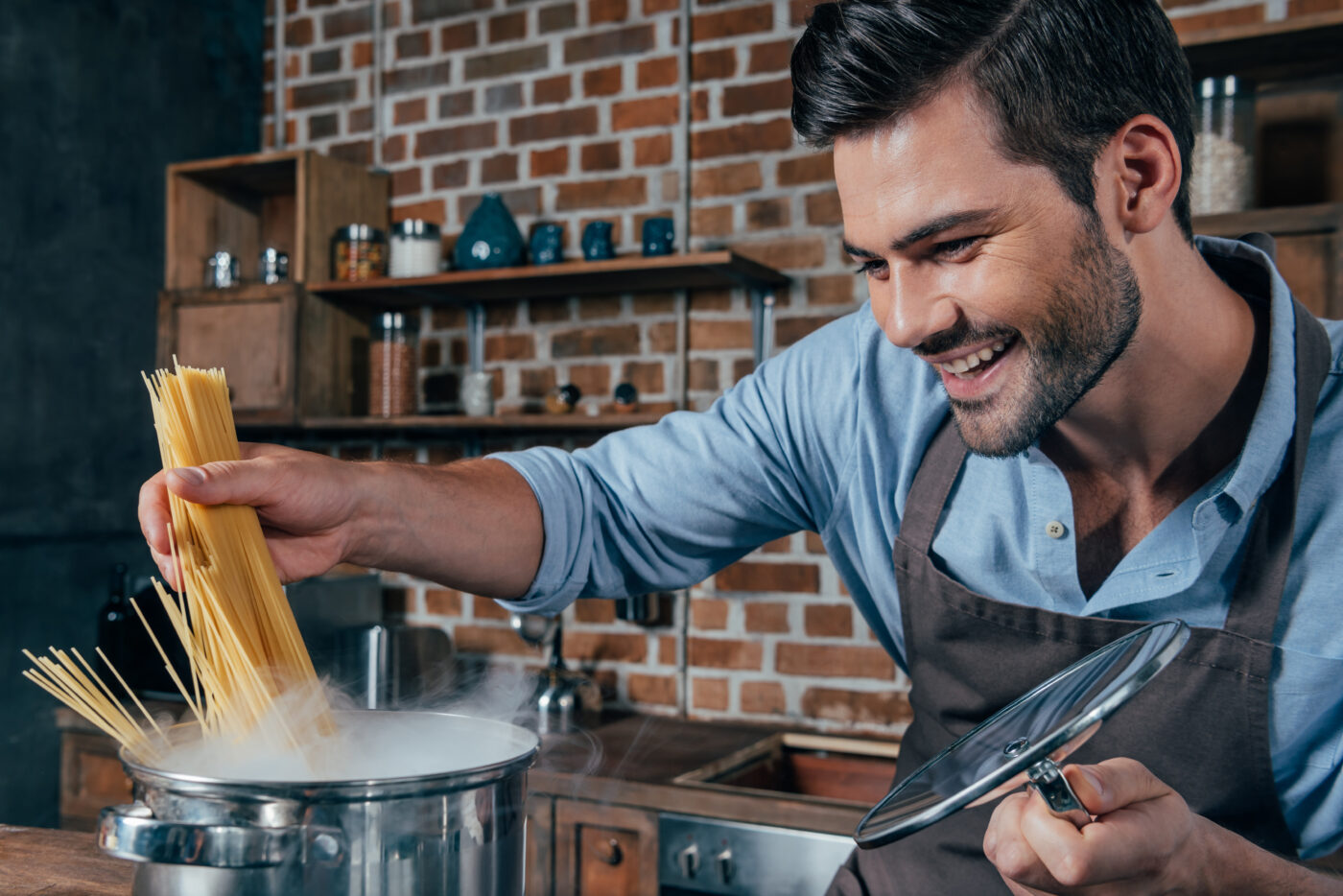Have you ever wondered how to cook pasta "al dente"? Let's see together what "al dente" means and why this method of preparation is better for our health.
"Al dente" is not just a cooking method pasta, presents the art that leads to the perfect pasta! How to cook pasta "al dente"?
Opinions vary on the best way to prepare pasta. Some swear by it classic cooking until soft, while the latest research and the practice of master chefs reveal that the method of preparation al dente not only a culinary art, but also the key to maintaining nutritional value and health.
Chemical processes in pasta cooking
Understanding the chemical processes that occur during cooking is key to preparing delicious and healthy pasta. Pasta contains starch and gluten, which behave differently on a chemical level.

Gluten absorbs starch granules, while starch absorbs water and swells until it disperses in the water during cooking. If you cook pasta for too long, the starch is released into the water, which means a loss of nutritional value.
Advantages of cooking “al dente”
Cooking the pasta "al dente" allows the starch granules to hydrate, but not enough to release them into the cooking water. This enables the gradual digestion of starch and prevents sudden spikes in blood sugar.
Raw pasta is more difficult to digest because the body's digestive enzymes cannot effectively adhere to it, while overcooked pasta creates a sticky dough that hinders digestion. Therefore, it is important that the pasta should not be raw or overcooked, but should be served "al dente".
How to cook pasta "al dente"?
Proper preparation is key to achieving the perfect pasta. Use a deep, cylindrical pot that allows enough space for the pasta. For each package of 500 grams of pasta, you will need a little more than three liters of water and two tablespoons of salt.

Add the salt as soon as the water boils, just before adding the pasta. When cooking, it is important to add the pasta all at once and mix it with the food processor.
Do not add oil during cooking to avoid transferring the flavor to the pasta. After pureeing the pasta, you can add a little olive oil to prevent it from sticking. The cooking time of the pasta depends on the quality of the wheat, and is usually indicated on the package. Fresh or stuffed pasta is usually cooked for three to four minutes and is ready when it floats to the surface.
Enjoy delicious and healthy pasta
By respecting tradition and understanding chemical processes, you can enjoy perfect pasta that is both delicious and healthy to eat. The correct "al dente" preparation preserves the nutritional value of the pasta and ensures an exceptional taste that will delight your taste buds.





